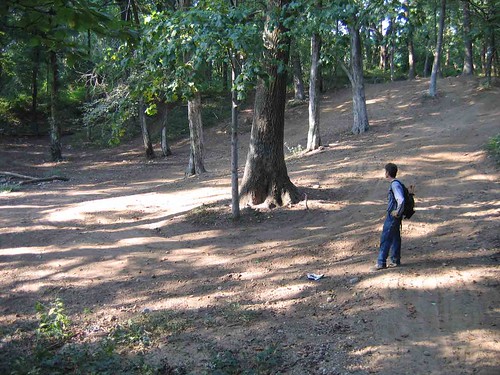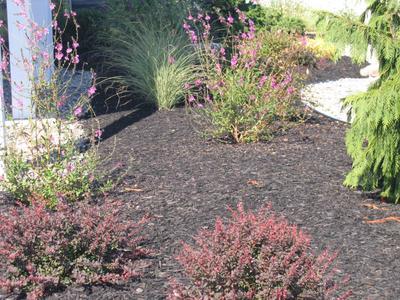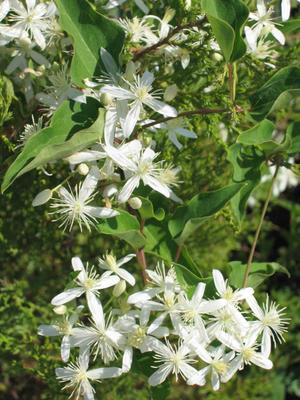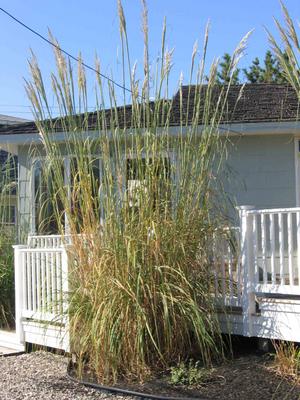Plants 0, Recreation 1
This is a charming little change in Parks' policy from allowing only passive recreation to now installing mountainbike trails in natural areas throughout the city. These pictures are from Cunningham Parks in Queens. I have a couple of issues, aside from how devastating this will be to ferns and wildflowers of the forest floor.
The propaganda (which, please note, was written by the mountainbike person doing this work), speaks of erosion:
"There's a common misconception that bicycles cause erosion damage to the trails. In response, a group of local mountain bicyclists decided to band together and educate themselves on the science of trail erosion and how bicycles could be ridden with minimal impact. Fueled with information provided by the International Mountain Bicycling Association (IMBA) and the US Forest Service, a management plan began to take shape."
First, I would like to see the literature that supports the contention that mountainbikes don't erode trails. But that will never happen. You know why? It doesn't exist. You can, I imagine, minimize erosion, but there will always be erosion associated with mountainbiking.
Second, you want to see their answer to erosion? Look below...
That ditch off to the side? THAT is the result of their managment plan. These are placed every so often along the trails where there are slopes to encourage water (and thus water borne entities, such as soil) to pool. There is still plenty of erosion happening. What is no longer happening is the soils ending up on sidewalks and roadways when it rains. Now the soil settles into these little pools. So it keeps civic infrastructure tidy, but does nothing to retain the uppper soil layers. aka the seed nursery aka the bed of all future trees.
This is utterly awful. Acres and acres of destruction caused by all terrain vehicles - those off road motorized contraptions. Cops tell the drivers to go in the parks - these things are illegal on city streets. But see what happens when cops send these guys into the woods? This is a living graveyard. Once those trees die, nothing will take their place. Shameful. Why doesn't the Parks Department put in perimeter protection to keep these vehicles out? It's a cheap and easy solution, but there is obviously no will.















